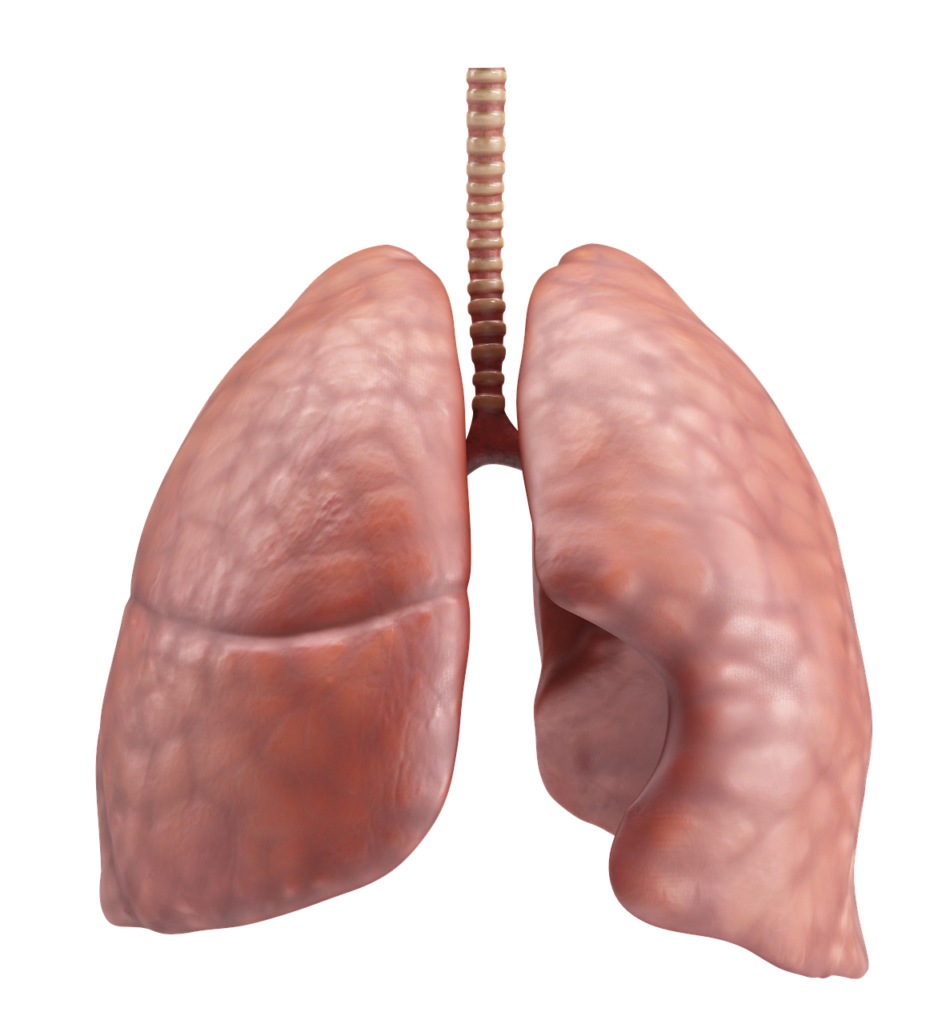Chronic obstructive pulmonary disease is a syndrome characterized by increased or chronic obstruction of lung airways that results in difficulty in breathing.
- Furthermore divided into two different parts:
- A) Emphysema- Destruction of small airways that obstruct the airflow and hence leads to excess tissue deposition
- B) Chronic bronchitis- Condition that causes phlegm production and cough all in all
Determination of airflow obstruction in Chronic Obstructive Pulmonary Disease:
- Airway obstruction, determined by the ratio of forced expiratory volume ( How much a person can exhale during a forced breath)
- And additionally forced vital capacity ( Capacity at which a person can forcibly exhale air from the lungs).
- Furthermore, Reduced forced expiratory volume is a parameter to assess severe COPD.
- COPD divided into 4 stages:
- A) Stage 1- Accounts for > 80%
- B) Stage 2- 50-80%
- C) Stage 3- 30-50%
- D) Stage 4- <30%

Risk factors of Chronic Obstructive Pulmonary Disease:
- Cigarette smoking- A major factor leads to increased incidence of COPD ( 1 pack of cigarettes per day for 1 year)
- Occupational exposures such as bagassosis disease of the lung, gold mining and cotton textiles.
- Subsequently, Burning of organic material affects women in general
- Sedentary lifestyle all in all
- Additionally, Symptoms usually occur in advanced stages of COPD
- Spirometry test is indeed crucial in early detection of COPD
- Subsequently, COPD involves increased respiratory symptoms like phlegm production, cough and shortness of breath, collectively known as exacerbation.
- Exacerbations, triggered by bacterial and viral infections
GOLD, grading criteria for Chronic Obstructive Pulmonary Disease:
| GOLD STAGE | SEVERITY | SPIROMETRY |
| 1 | MILD | >80% |
| 2 | MODERATE | >50-<80% |
| 3 | SEVERE | >30-<50% |
| 4 | VERY SEVERE | <30% |
Clinical manifestations of Chronic Obstructive Pulmonary Disease:
History of Chronic Obstructive Pulmonary Disease:
- COPD patients complain of increased phlegm production simultaneously with increased cough.
- Patients who have severe and productive cough simultaneously for > 3 months for 2 consecutive years suffer from chronic bronchitis.
- Weight loss and weakness in additionally seen in advanced stages.
- Furthermore, upper body exercises are considered to be difficult in COPD cases.
- Additionally, history of severe exacerbations need to be assessed.
Physical findings:
- Physical findings, usually are normal but progress with COPD
- Respiratory distress
- Tachycardia or increased heart rate
- Additionally, Tachypnea or abnormal breathing
- Furthermore, Cyanosis or bluish discoloration of tongue
- Wheezing all in all
- Barrel shaped chest
- Use of accessory muscles of respiration
Scans:
- Chest x-ray:
- To detect hyperinflation( Trapping of air in the lungs that leads to over inflation)
- Emphysema( shortness of breath)
- Furthermore, Pulmonary hypertension ( increased blood pressure in vessels from the heart to the lungs)
- Additionally, to exclude other lung conditions like pneumonia and pneumothorax.
- Chest CT:
- It is simultaneously used in severe and advanced cases
- To evaluate for emphysema
- Lung cancer in smokers
- Pulmonary function tests:
- Most important test in detection of COPD
- Spirometry method is employed in this regard
- Laboratory tests:
- Oxygen saturation using a pulse oximeter
- Alpha 1 antitrypsin test to exclude alpha 1 antitrypsin deficiency( Treated by slow IV therapy weekly)
- Arterial blood gas method- To assess the PH and amount of carbon dioxide and oxygen in blood
- CBC or complete blood count to simultaneously assess for increased blood cells.
Treatment:
Stop smoking:
- Smoking, considered to be a major health hazard in reducing lungs capacity to breathe.
- Nicotine replacement therapy needs to be started:
- Transdermal patch ( A patch simultaneously applied to the skin, which then absorbs the medication in it)
- Nasal spray
- Chewing gum
- Additionally Lozenges
- Oral inhalers all in all
- Oral bupripion ( antidepressant used for seasonal affective disorders)
- Varenicline ( used for adults in order to stop smoking gradually)
Non-medicated:
- Influenza vaccinations can be taken once a year
- Pneumococcal and pertusis vaccinations
Bronchodilators:
- Oral: Cetrizine, Theophyline and other anticholinergics
- Inhalation: Ipratropium bromide, Tiotropium bromide and albuterol
Corticosteroids:
- These are not really recommended in cases of COPD due to its severe symptoms.
PDE4 inhibitors:
- Roflumilast reduces the incidence of severe exacerbations in COPD cases.
Antibiotics:
- Patients suffering simultaneously from extreme or severe exacerbations have shown improvement in reduction of COPD with azithromycin.
Oxygen:
- Oxygen therapy is crucial in reducing the incidence of COPD.
- Due to breathing difficulty, airway blockages reduce the saturation levels, as a result maintenance oxygen therapy should be started.
Surgical interventions for COPD:
- Lung volume reduction surgery improves lung function
- Additionally, Lung transplantation method in final stages for chronic airflow obstruction
Furthermore, Follow us for more such content here

